Sony Xperia 1 V review: picture this
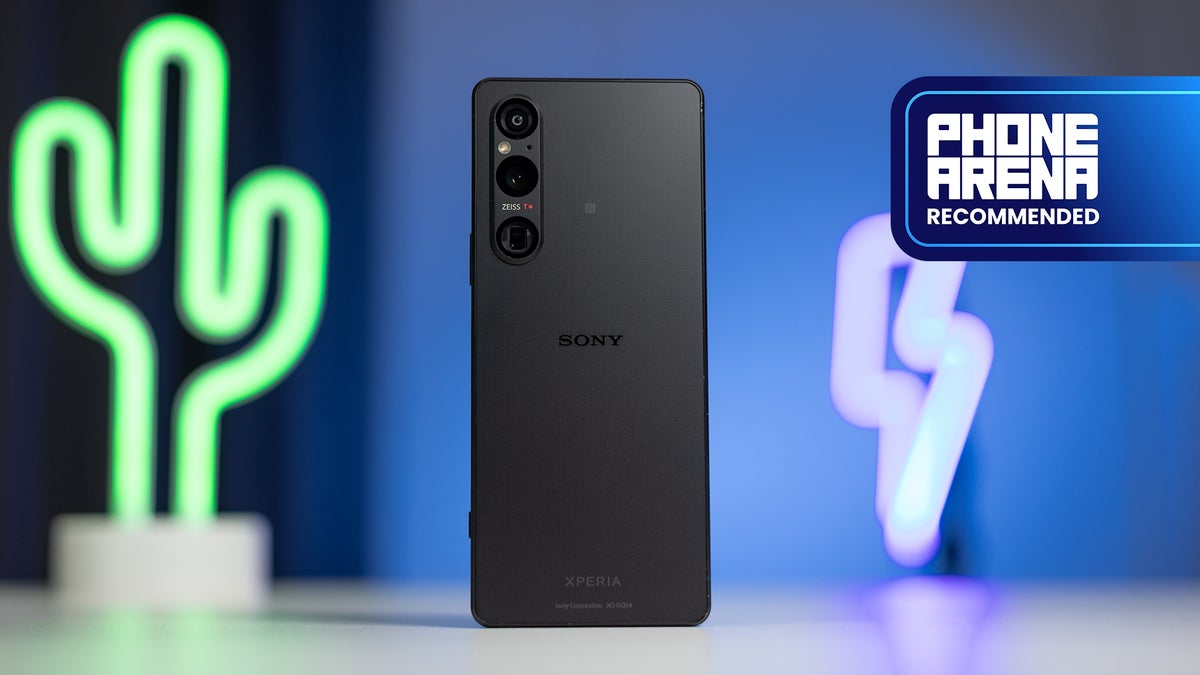
Sony Xperia 1 V Intro
The Sony Xperia 1 V (pronounced Xperia One Mark Five) was released in the summer of 2023 as the latest-and-greatest Sony flagship. Again, it's a phone targeting the photo and video enthusiasts, with very specific camera apps and enhanced manual features. On the outside, it's slim, rectangular, understated, stylish.
It has the mandatory top-line chip of 2023 inside — the Qualcomm Snapdragon 8 Gen 2. The main camera sensor has also gotten a hefty upgrade — now a 48 MP resolution, up from 12 MP, all on top of a bigger physical size. Curiously enough, Sony also dropped the base storage to 256 GB (from last year's 512 GB), which also resulted in a $100 drop in starting price. It's still $1,400, though, so it's not an easy pill to swallow.
Is the Sony Xperia 1 V worth its asking price? We take a deep dive with its specs, display, camera performance, and battery endurance to get to the bottom of that exact question.
We have updated this review with our new review rating (above). You might notice that the total score is now lower, and that is a direct consequence of the more strict testing criteria that we use now. In other words, it's not just the Xperia that has gotten this deduction, it's something that has happened to all phones that have undergone this new testing process.
In exchange, you will see a lot more detail about the performance of a phone across twelve different criteria, as well as at-a-glance view at how it ranks compared to the average for the price class. Learn more about our PhoneArena review rating here.
What’s new about the device
- New 48 MP sensor, almost 1" in size
- Upgrade to Qualcomm Snapdragon 8 Gen 2
- Focus peaking in the camera apps!
- Mostly the same design as before, now with a textured back and ribbed frame
- Base storage dropped to 256 GB
- No ToF camera (no need for it with new sensor)
Table of Contents:
- Specs
- Design and Colors
- Display
- Camera
- Performance
- Software
- Battery and Charging
- Audio Quality
- Alternatives
- Summary
Also read:
- Sony Xperia 1 VI vs Xperia 1 V: The Times They Are a-Changin'
- Sony Xperia 1 VI Preview: Xperia goes mainstream?
Sony Xperia 1 V Specs
Take a quick look at what's important
Hardware-wise, flagship smartphones have slowed down their evolution. We get a slightly faster processor and a camera upgrade. With the Xperia 1 V, that camera upgrade is meaningful, but we will get to that later. For now, here are some raw specs:
| Specs | Xperia 1 V |
|---|---|
| Size and Weight | 6.50 x 2.80 x 0.33 inches (165 x 71 x 8.3 mm); 6.60 oz (187.0 g) |
| Display | 6.5" OLED, 120Hz, HDR, 3840 x 1644 pixels |
| Processor | Qualcomm Snapdragon 8 Gen 2 |
| RAM, Storage | 12 / 256 GB for $1,399 |
| Software | Android 13 |
| Cameras | 48 MP wide, (24 mm), f/1.9 aperture 12 MP ultra-wide, (16 mm), f/2.2 aperture 12 MP 3.5x - 5.2x zoom, (85-125 mm), f/2.3-f/2.8 12 MP front camera |
| Battery Size | 5,000 mAh |
| Charging Speeds | 30 W wired charging, Qi wireless charging |
And there's the Xperia 1 V in a nutshell — a definite flagship on paper. Especially with the vario camera, which is still pretty much exclusive to Sony (and unbelievable that they managed to fit it in a smartphone)
Sony Xperia 1 V Design & Colors
Keep it classy!
Sony sticks to its design language and we can't fault the company for that — Xperias just look classy. This is further highlighted by their color options — Black, Platinum Silver, and Khaki Green. We have the black one here, and it's very stylish and clean-looking.
Thanks to the 21:9 aspect ratio, the Xperia 1 V is pretty narrow, making it easy to use with one hand — so long as whatever you are doing can be reached within the lower half of the screen.
We do have front-firing stereo speakers in the top and bottom bezels, which is impressive... because these bezels are not very thick at all. And there's no notch or cutout in the screen as well, making for a very uniform look. It's hard not to notice that the Xperia 1 V is just carefully thought-out and designed, even if it is a "plain ol' rectangle".
The phone feels light and very well balanced — it's an absolute joy to use. And that dimpled glass back does feel kind of weird at first, but we quickly got used to it — the texture kind of reminds us of the grip of a camera, but it's not exactly that. Oh, also, it's covered by the latest and toughest Gorilla Glass Victus 2, both front and back, and we have a protection rating of IP65/68 against dust, water sprays, and immersion.
As always, there's a dedicated 2-step shutter button on the side — it's used to insta-launch the default camera app and, of course, to initiate video recording or take photos. There's a volume rocker that feels clicky enough and a power button with an embedded fingerprint scanner that's incredibly quick and accurate. Seriously, we would sometimes unlock the phone when trying to put it back in a pocket — thankfully, there's an option to make the Xperia wait for a button press before it reads for a finger.
Sony Xperia 1 V Display
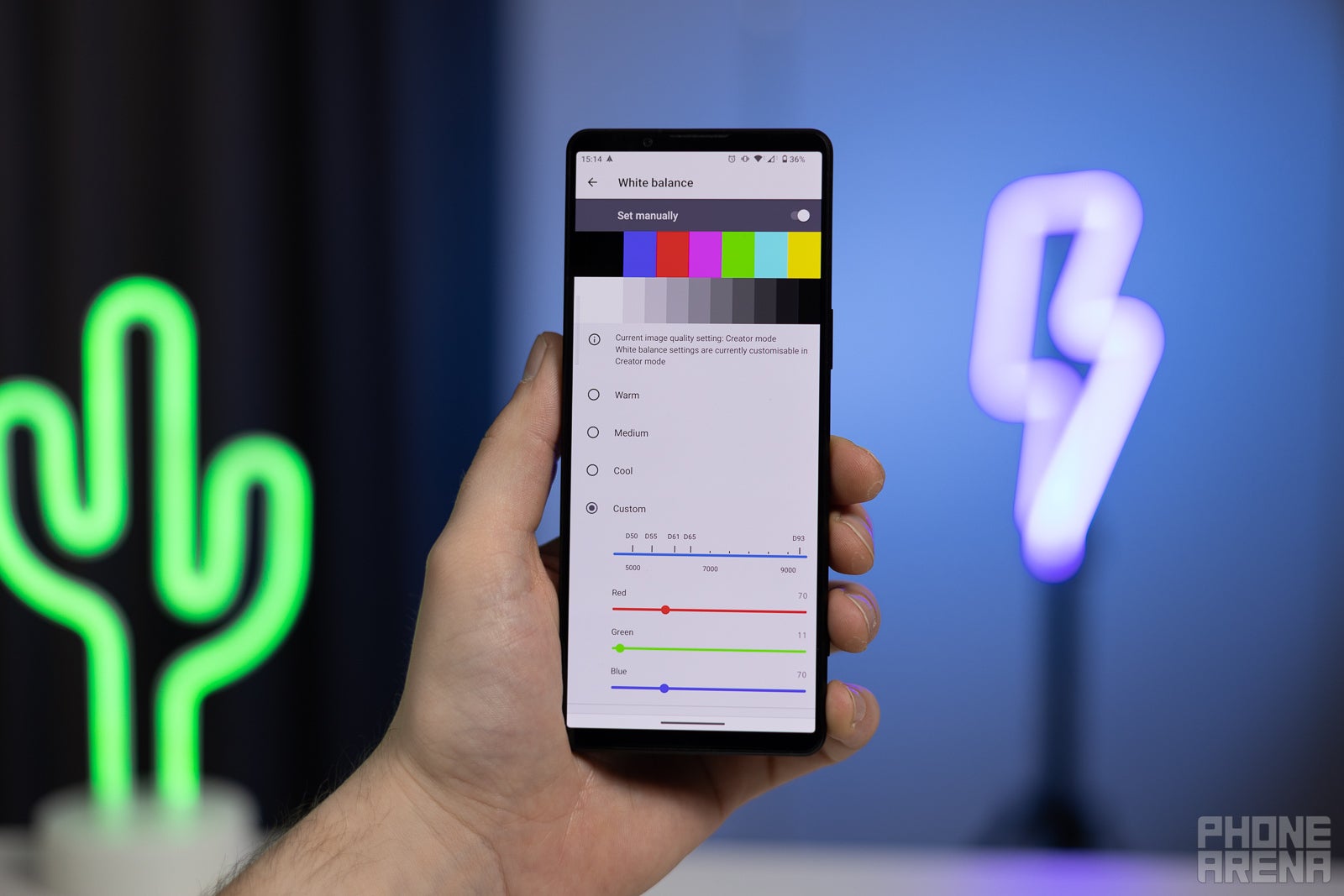
Set it to taste (Image credit - PhoneArena)
That 6.5-inch screen sounds big on paper, but don't forget — it's a cinematic 21:9 aspect ratio. So, when held vertical, the Xperia 1 V is a tall and narrow phone, easy to grip with one hand. While you can look at widescreen content — like movies or certain YouTube videos that have been exported in that format — the screen doesn't look or feel big. It's just tall and the entire front of the phone looks like it's an endless screen.
It's a beautiful OLED panel that has a 120 Hz refresh rate. Its colors can go from punchy to realistic, its temperature from cold to neutral to warm — and you are presented with the options to control all of it, in typical Sony fashion.
And this is all in sharp, sharp 4K resolution — we have 643 pixels per inch here, so we can't make out one of them with the naked eye.
It does go bright enough for comfortable use under the summer sun, and dark enough for nighttime messaging with the lads.
Display Measurements:
Sony Xperia 1 V Camera
For the ones that fiddle and twiddle

Sony's smartphone camera philosophy is communicated as such — we will do very little post-processing and computational work on your photos. You can fiddle with the manual controls and edit the final product for yourself. Well, here's an Auto mode just in case you need to take a quick snap.
That is a bit at odds with what smartphone photography is at its core — usually, people who shoot with their phone need quick and easy operation that takes the "best" photo automatically. It's kind of like mobile gaming — it's "fast food photography", if you will. That is why Google and Apple and Samsung are working hard at those AI algorithms that try and enhance your photo in the way they calculate would be best.
But that's a tangent. The good news we have with the Sony Xperia 1 V is two-fold. One, the main camera sensor is now bigger and higher-res with a size of 1/1.35", up from 1/1.7", collecting more light and shooting sharper photos. And, secondly, the Basic mode of the camera app seems to have been improved a bit, or at least we like it more than we did last year's Xperia 1 IV camera output. Check it out:
Main Camera - Day
We have some pretty good colors and pretty good dynamics here — maybe the highlights are getting a bit washed out, but nothing too oppressive. The noise reduction does tend to go overboard and flat out remove fine details from distant objects but at least the sharpening is being kept under control.
But, of course, it's not an Xperia if it doesn't have an extensive manual camera with RAW export. Of course, we did that as well:
Exporting a RAW photo does expose the amount of noise that the camera sensor produces — we want to stress that this is inevitable... it's a tiny tiny sensor and, at this point in time, this is what the tech allows. Physics is what physics is.
The .DNG files give us tons of data in the highlights and shadows to work with and the color capture from the sensor is great, so we were able to better make things pop or subtly darken things that shouldn't.
Here's another stab at it:
Again, we can get a lot of this from competing high-end smartphones. Their pros are that they give you an edited photo as soon as you press their shutter button. Their cons are that they don't invite you into manual photography quite like how Sony does.
Main Camera - Low-light
The true test for a tiny camera starts when the sun goes down. Sony does say that it worked hard to improve the low-light performance of the Xperia 1 V.
Supposedly, it doesn't go for a "night-to-day" over-the-top effect like the competition does. Though, we do find the photos to be quite... brightened up. On the flip side, the dynamic range is quite wide — we can see big, bright areas, and deep dark areas, so the phone didn't "flatten" them. In fact, we quite like the look and colors of these samples.
Zoom Quality
The Sony Xperia 1 V continues to be the only flagship with actual variable zoom camera — that telephoto lens moves to go from 3.5x to 5.2x zoom (85 mm and 125 mm equivalent) and gives you true optical zoom along the range.
Very, very impressive tech, but the end result... isn't much better than a phone with a good zoom lens and some digital cropping on top. 3.5x is definitely usable and we love it for portraits. 5.2x starts to wash out a bit and definitely introduces a good amount of noise. And yes, Sony isn't very heavy-handed with the post-processing, but when we tried fixing said noise with our own programs, it just wasn't working out the best:

Edited 5.2x zoom photo, from RAW, manual mode
10x zoom still holds it together, but you can clearly see "Yeah, that's a phone zooming in". And then, 15.6x is the maximum and you can tell you don't want to go further.
Portrait Mode
Sony doesn't have a "Portrait Mode" per se, just a "Bokeh" toggle inside the main camera. We don't find it very convincing and kind of prefer the photos without the bokeh applied. Though, we do applaud Sony for what appears to be an upgraded edge detection around the subject. The samples taken here had the Bokeh slider maxed out, so that's the maximum amount of fake blur you can expect.
Also, these portrait photos are, for some reason, 10 MB large, despite the fact that we resized them. The non-Bokeh picture is 10 times smaller in size. Weird.
Ultra-wide Camera
The ultra-wide camera retains the great dynamics and colors of the main snapper, but we can see some oversharpening going on. It's not really extremely ultra-wide, it's 0.7x or 16 mm equivalent (under a 24 mm equivalent main camera), but it does help you get a bit more into the frame, and you can definitely set up some epic-ish shots with it.
Selfies
It's a 12 MP sensor here and we appreciate that Sony didn't go crazy with the resolution (thus compressing together a bunch of small pixels) like some others do nowadays. Colors are great again, and it does handle dynamics pretty well. In perfect conditions, you can get some pretty sharp detail, too, but when the light drops by just a little, you start to get some hazyness due to slowed shutter speeds.
The good news is that if you are really into the selfie style, you can buy the Sony Vlog Monitor, which works with this phone, and take selfies or vlog footage with the main camera, while looking at the viewfinder.
Video Quality

The camera retains a lot of the characteristics when shooting video — and you have plenty of ways to shoot video with this phone. Cinema Pro records in HDR and allows you to apply cinematic filters — like the popular Venice (pulled from Sony camera looks), a classy Monochrome, a contrast-less Soft/YE40, and others — for more of a "true camera" look.
Cinema Pro is where you go for super-slow mode shooting, going upwards of 120 FPS (in a cinematic 24 FPS recording, that's 20% speed), racked focus, 21:9 aspect ratio,
Video Pro is more of a vlog-type camera that has a better stabilization. And, of course, if you are in a pinch you can just open the standard camera app and choose to record video with it.
In any case, the end result is pretty workable footage. Neutral colors and sharp detail are there. The microphones are also well above average. You can actually choose whether you want to record with the one camera on the back (best for speech recording) or capture the ambience of the room with the stereo mics on either side.
PhoneArena Camera Score
Above, you can see how the Xperia 1 V camera performed on our extensive PhoneArena Camera Score.
In this new in-house benchmark test, we rigorously test all of the cameras measuring the exposure, the color accuracy and detail across all of the cameras. The test has both a photography and a video component, and you can learn more about the PhoneArena Camera Score testing protocol here.
Sony Xperia 1 V Performance & Benchmarks
A dragon that snaps sassily
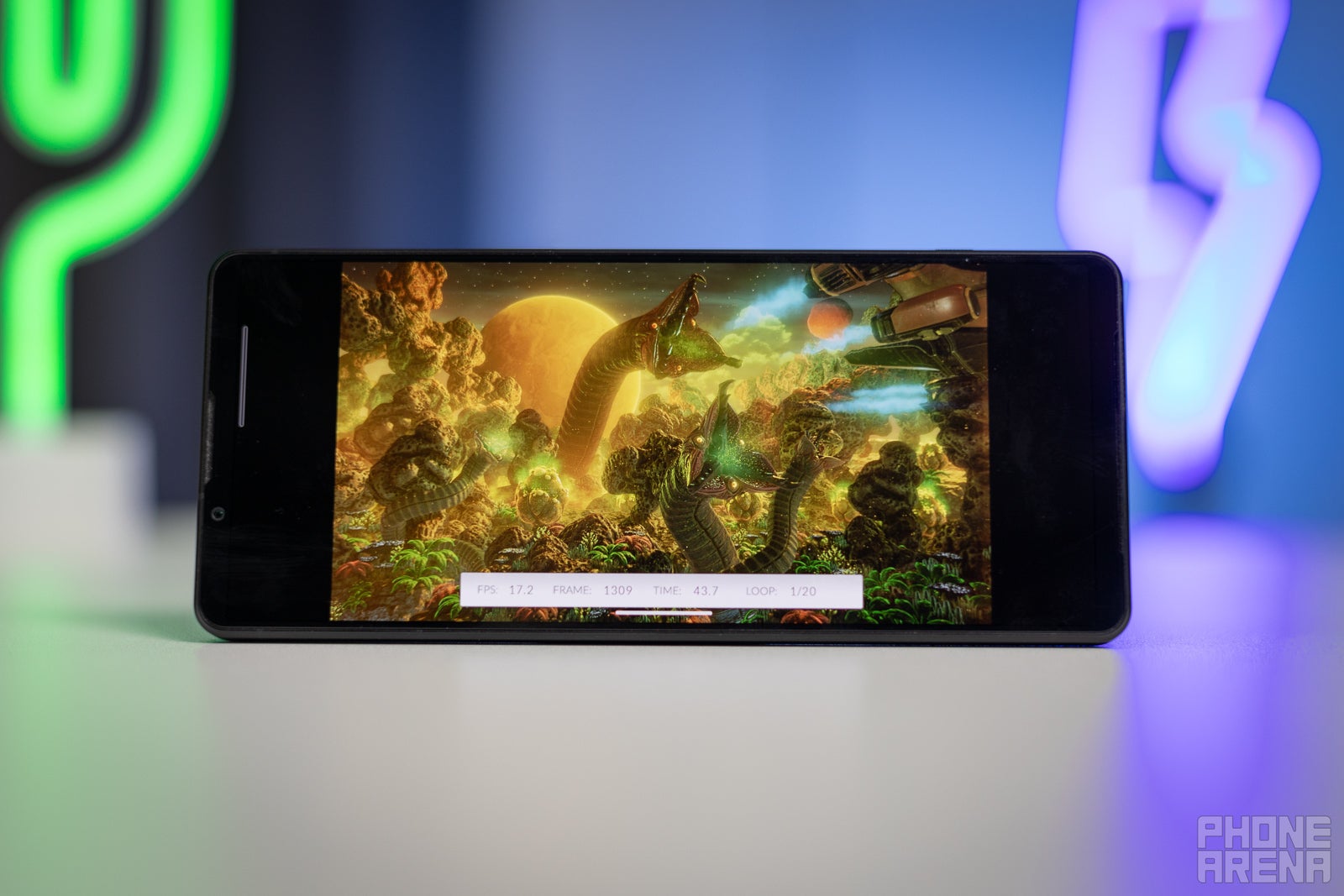
The Xperia 1 V was upgraded to the new Qualcomm Snapdragon 8 Gen 2 and — as expected — performs beautifully. A powerful chipset paired with a nearly-clean Android software just results in snappiness through and through. It does help that the 120 Hz screen makes the animations feel more responsive.
Now, you are probably worried about overheating, as Sony phones have had a contentious, on-and-off kind of relationship with proper cooling. Well, we are happy to report that the Xperia 1 V gets it right. In our normal usage, we couldn't spot any moments when the screen throttled down to 60 Hz due to heat. We were also able to record 20 minutes of 4K footage in Video Pro with no dropped frames or hiccups.
Performance Benchmarks:
The way the Xperia 1 V deals with high-octane performance loads is evidenced in the 3DMark test — 20 loops of hard-hitting graphics measure how much the phone would throttle (3DMark Extreme High means the best-performing loop, Low means the worst performance the phone got down to after throttling). We can see that it's not much different than Samsung's Galaxy S23 Ultra in this regard.
As for storage, the Xperia 1 V comes with 256 GB on board, which is OK, but not if you are going to be recording a lot of 4K footage. Thankfully, the phone does support a microSD card of up to 1 TB, so you can directly pull it out and copy your videos on your PC whenever it's time to edit.
The only thing we are worried about is that opening and closing the card tray too often might degrade its rubber seal, thus worsening the water-resistance capabilities of the phone. But we will assume you don't plan to swim with it anyway.
Sony Xperia 1 V OS / Android version
The Xperia 1 V ships with Android 13, obviously, with a very light reskin on top. Mostly for the Sony apps, wallpapers, and the extended settings for screen colors. The rest feels super-stock, Sony got rid of a lot of its proprietary apps over the years.
You have a Side Sense bar, which is basically an app drawer with your favorite apps or favorite split-screen presets, tucked over to the side of the screen. And there's also an app where you can use the Xperia 1 V as an external monitor for your Sony Alpha camera. Both devices "speak" the same language, so all you need to do is connect them via a USB C cable.
The one thing that is disappointing about the Xperia 1 V is the update commitment — or the lack of one. Sony hasn't addressed this specifically, but the Xperia 1 IV had a commitment of 2 Android updates and 3 years of software patches. So, we will have to assume that this is also the case with the Xperia 1 V (at best).
This means the Sony Xperia 1 V will get:
- Android 14 in 2024
- Android 15 in 2025, last update
- Security patches up to mid-2026
That's not amazing, especially since the competition has moved to at least 3 years of Android updates and 4 years of security patches. At the premium level, future-proofing is kind of important.
Additionally, we do have a weird "ghost touch" issue on ours. If the Ambient Display (Always-on screen) is set to on and tap-to-wake is enabled, we would often find that, upon waking the phone, it is constantly receiving rapid taps somewhere in the top area of the screen. As a result, actual input from us doesn't work, because it's being overlapped by the ghost taps. It has been months now, and the issue hasn't gone away for our unit.
Sony Xperia 1 V Battery
Don't hold your breath. Actually do, it'll be quick
The Xperia 1 V comes with a 5,000 mAh cell, which is pretty impressive to think about while holding a phone that otherwise feels thin and light. Unfortunately, it doesn't result in a very impressive endurance.
Here are the results we got in benchmark tests.
PhoneArena Battery Test Results:
Our tests did stomp through that battery life pretty fast. With heavy smartphone usage, it can clock 6 hours of screen-on time and still have some percentages left in the tank (up to 20%, but depends on what you've been doing) to make it to a charger. However, we found that the Xperia 1 V is great at retaining power when in standby, which really extends the realistic battery life — while your phone is in your pocket, on a table, or by your bedside, it keeps the percentages from magically draining away.
Oh, also, it doesn't seem to support fast charging on a wireless mat (though, it does charge wirelessly, just slowly), but it does at least work with 30 W wallplugs. None are included in the box with the phone, though.
Sony Xperia 1 V Audio Quality and Haptics
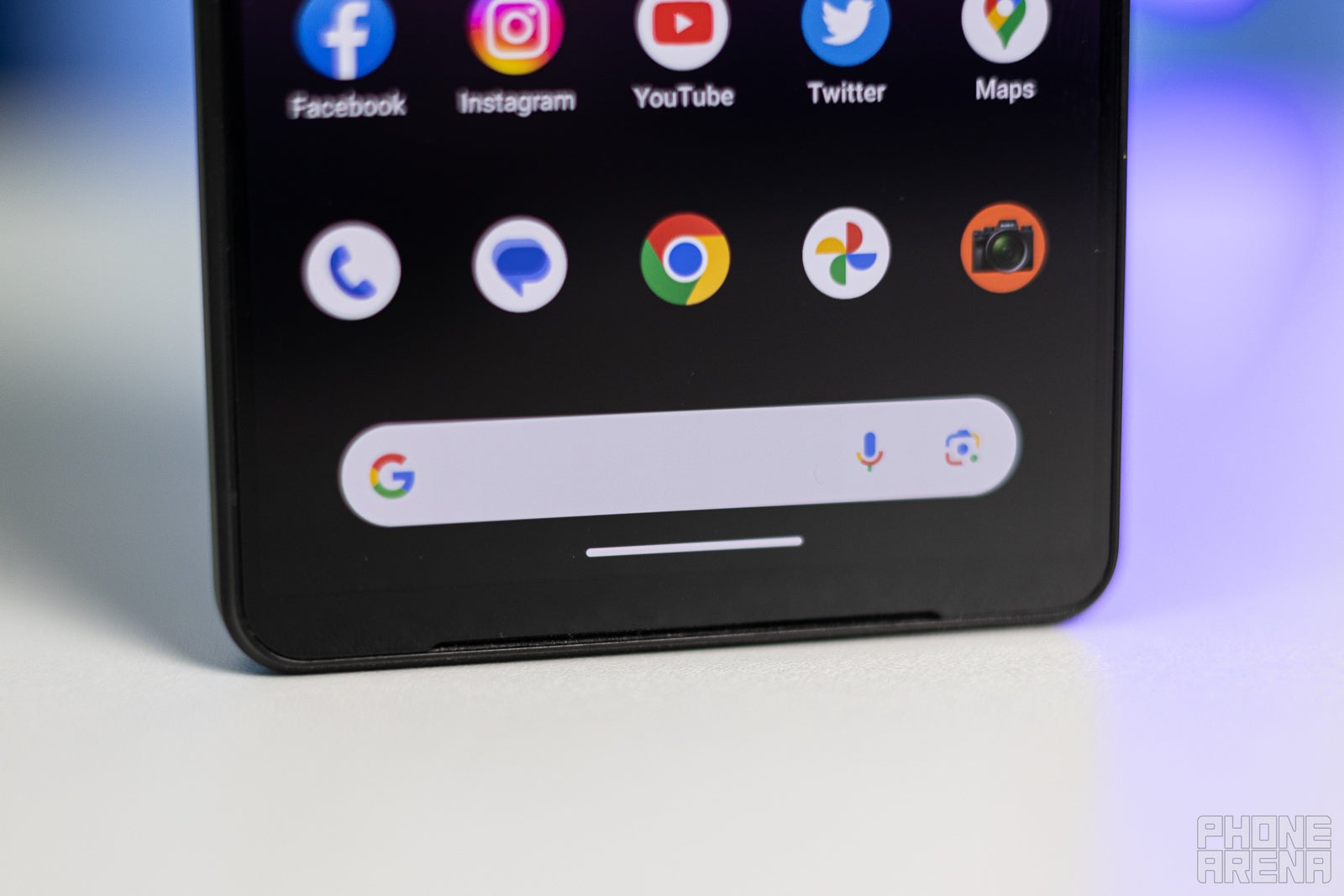
Can you see the bottom speaker? You might have to squint (Image credit - PhoneArena)
The Xperia 1 V packs two front-facing stereo speakers in its thin bezels, and they sound surprisingly meaty, especially when looking at the slim slits they project through. They do sound a bit boxy, with a good mid hump, but there is an EQ in the settings so you can kind of mitigate that.
As for haptics — the Xperia 1 V has the clicks and clacks of a premium phone, don't you worry about that. However, Sony did not feel the need to remind us of its great haptics with every tap and flick over the interface (*ahem*, Pixel), so that's nice.
Also, there's the "Dynamic Vibration" feature, which can cause the phone to vibrate in sync with bass frequencies from the speakers. Well... in theory it should be in sync. In reality, it feels like a bunch of random vibrations coming from your phone — we keep this off, and we imagine most users do so as well.
Sony Xperia 1 V Competitors
At a hefty $1,399, Sony has set itself up to be challenged and undercut by most of the premium competition out there. In fact, the only flagship phone that you can buy for more than $1,400 is a foldable.
Yes, for that amount of cash, you can afford to upgrade an iPhone 14 Pro Max to 512 GB, or a Galaxy S23 Ultra to 512 GB. As for the Pixel 7 Pro — even if you go for the most expensive, 512 GB model, you can barely get it up to $1,100.
So, what does the Xperia 1 V offer that these phones don't? The common answer is "a true pro camera". Though, what we see is a smartphone camera. It's very good, it has variable zoom that is incredibly impressive (and probably expensive) tech, and it can definitely get the job done... for a smartphone camera.
The competition offers similar performance, better battery life, and some have big ecosystems to take advantage of. It's cool that you can use the Xperia 1 V as a remote monitor for your Sony Alpha camera, but... does that sell a $1,400 phone?
Sony Xperia 1 V Summary and Final Verdict
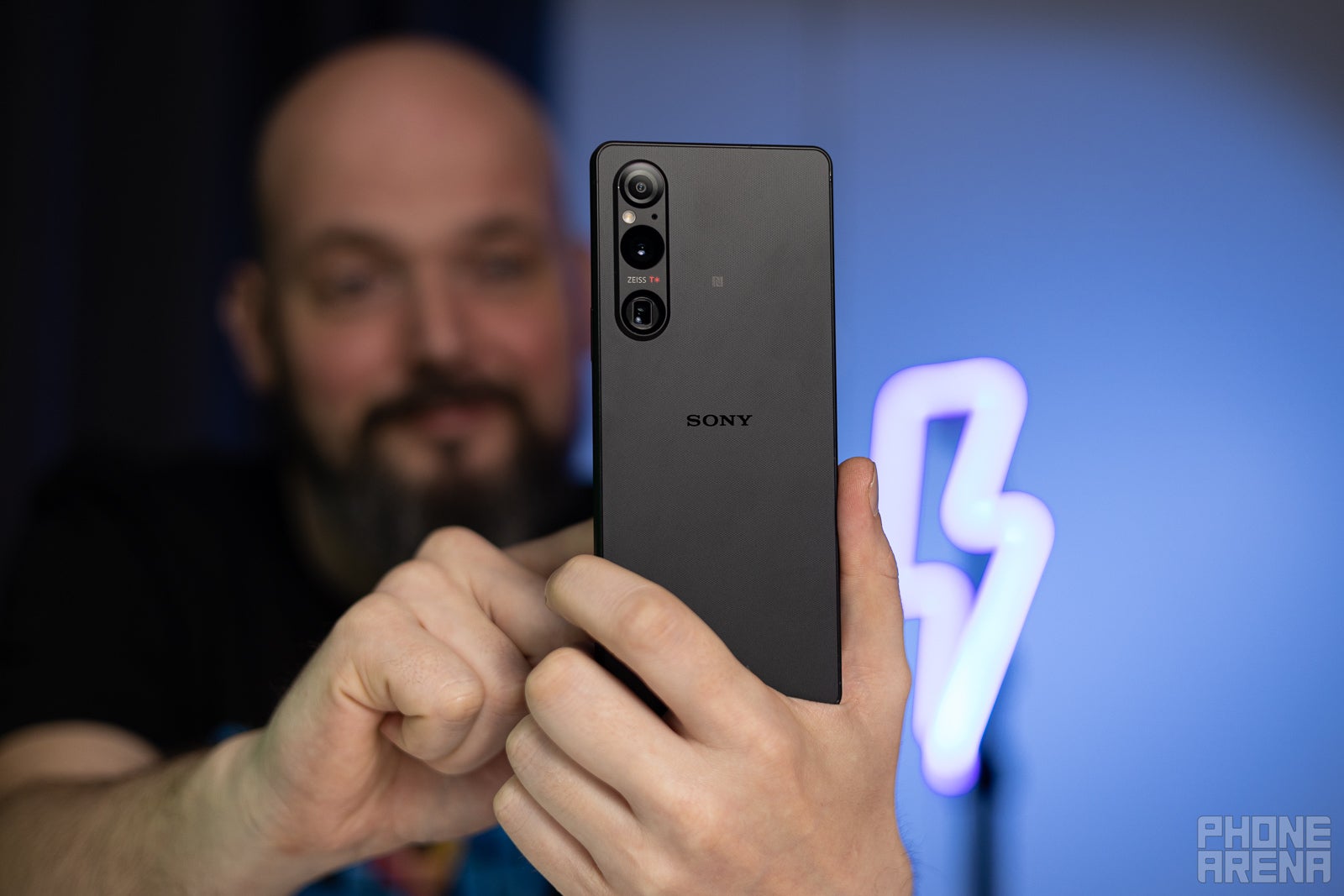
Image credit - PhoneArena
So, the Sony Xperia 1 V is a good phone — it's a really, really good phone. It's very nice to look at and hold, it has a camera system that is well above average, supported by custom apps that give you that "real camera feel" with their many knobs, buttons, and tidbits. It performs great and, thankfully, doesn't seem to have overheating issues. Its speakers are great, its screen is lovely to stare at.
We could knock it for its battery life, but since we found that it gets us through the day, we don't mind it too much. But combine that with a price-tag that is well above other premium products on the market, and we can't help but ask "Why?". Of course, how Sony prices its phones is Sony's business.
However, we have to take it into consideration, then look at how the phone's main selling point (the camera performance) stacks against the competition, and then look at small bugs like the back button not getting us out of some apps (could be an Android thing) plus the aforementioned Ambient Display issue. If someone asks us "Should I buy the Xperia 1 V?" our answer would probably be "Yes, if you really, really like Sony..."
*Disclaimer: You may notice review scores have changed on PhoneArena! Since September 20th, we have started using a new scoring system. Learn more about the new PhoneArena Smartphone Review Rating system here.
Follow us on Google News

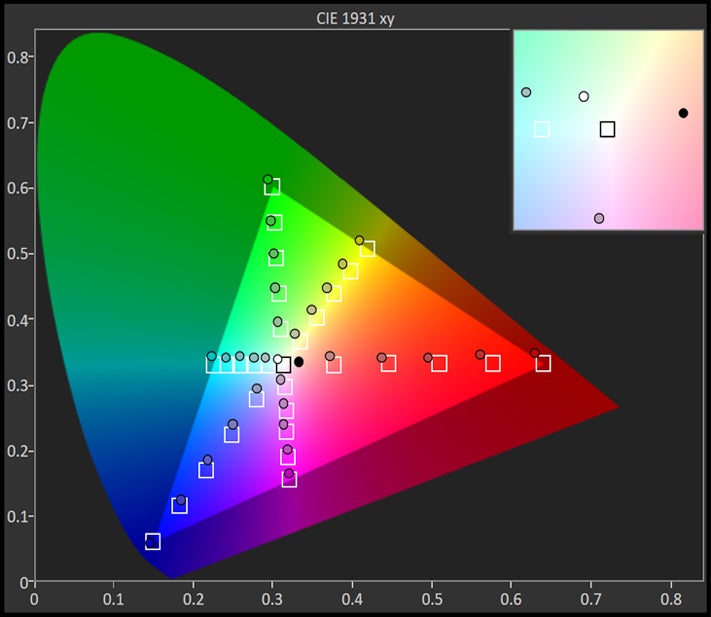


















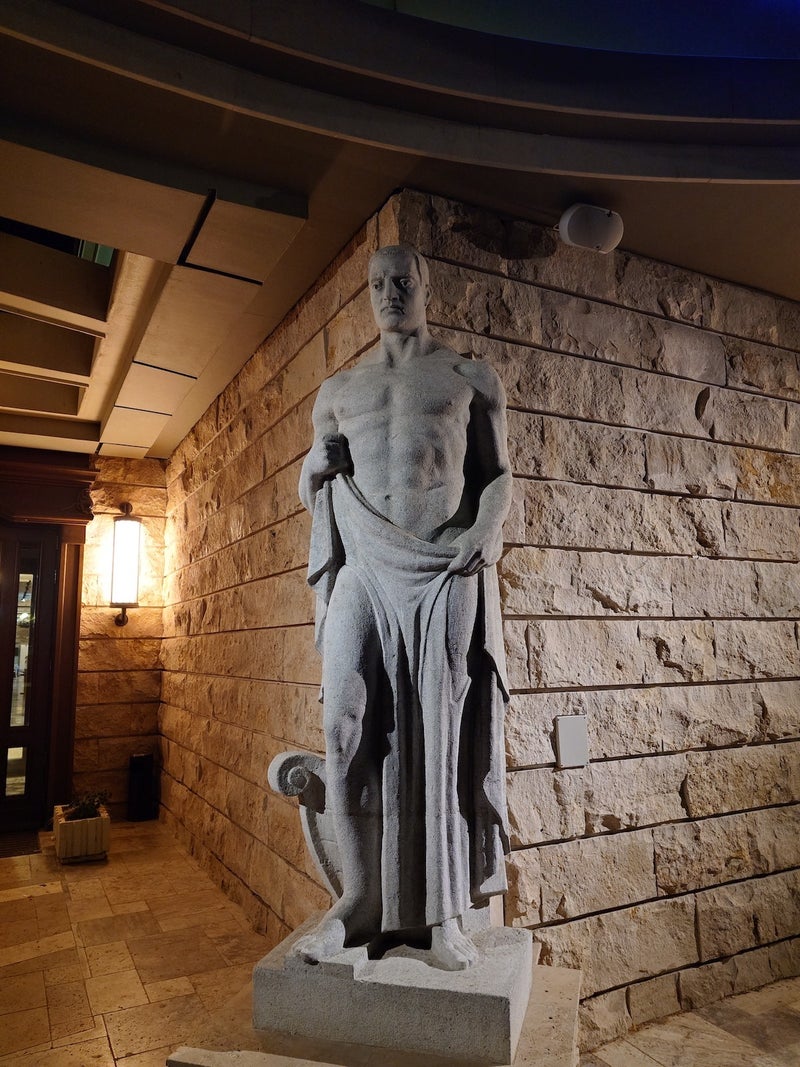
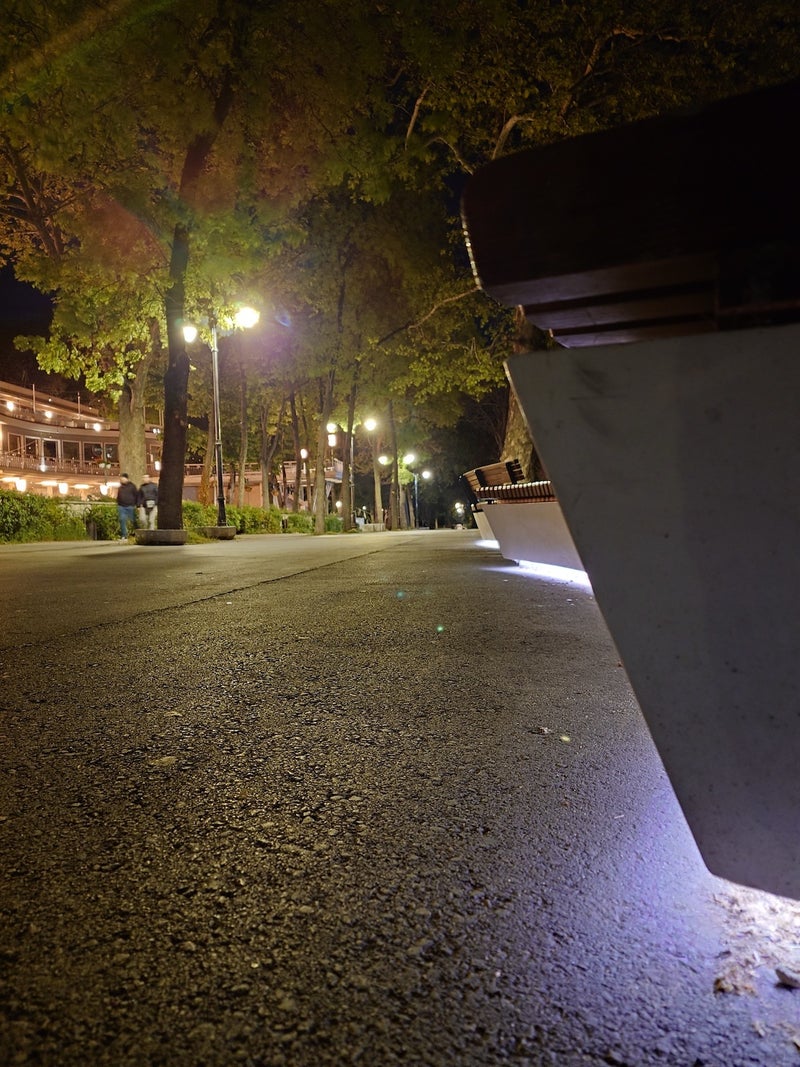
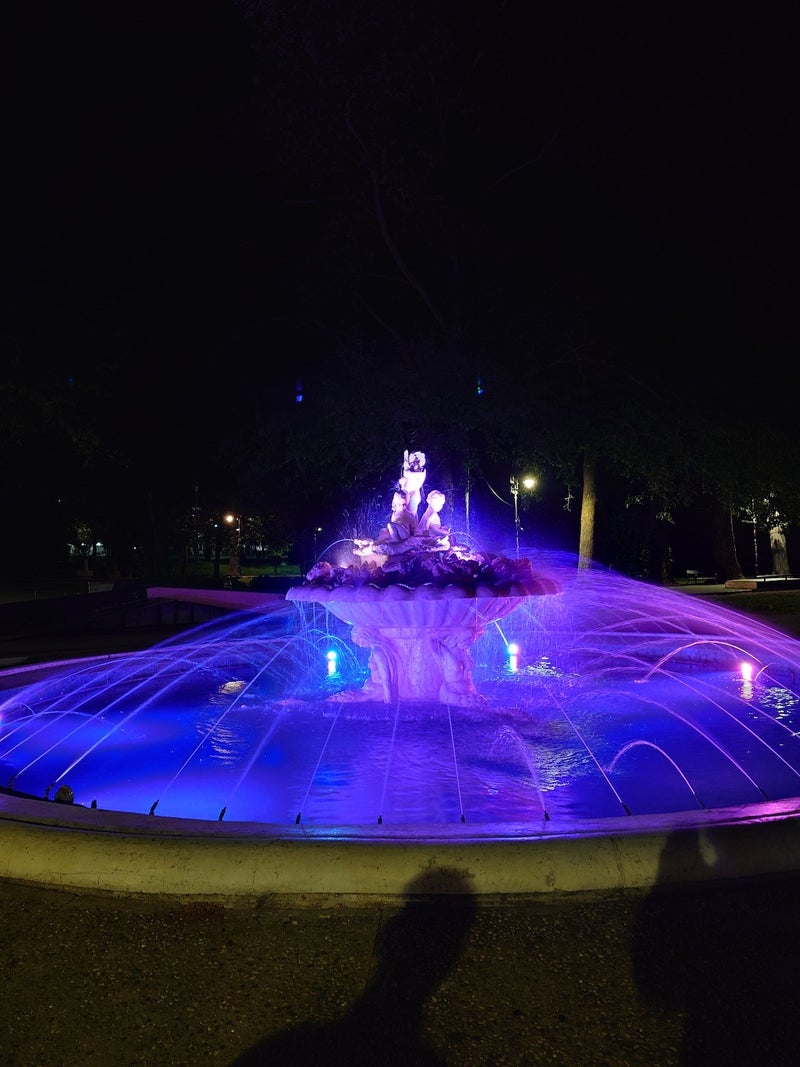
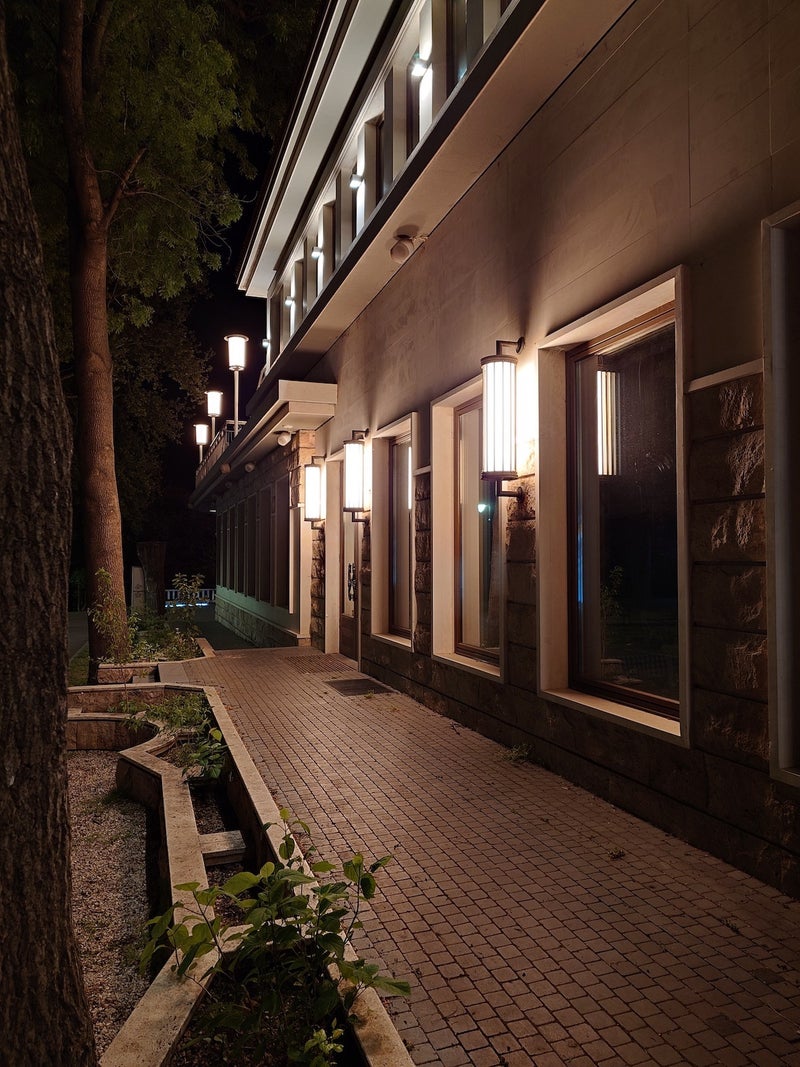




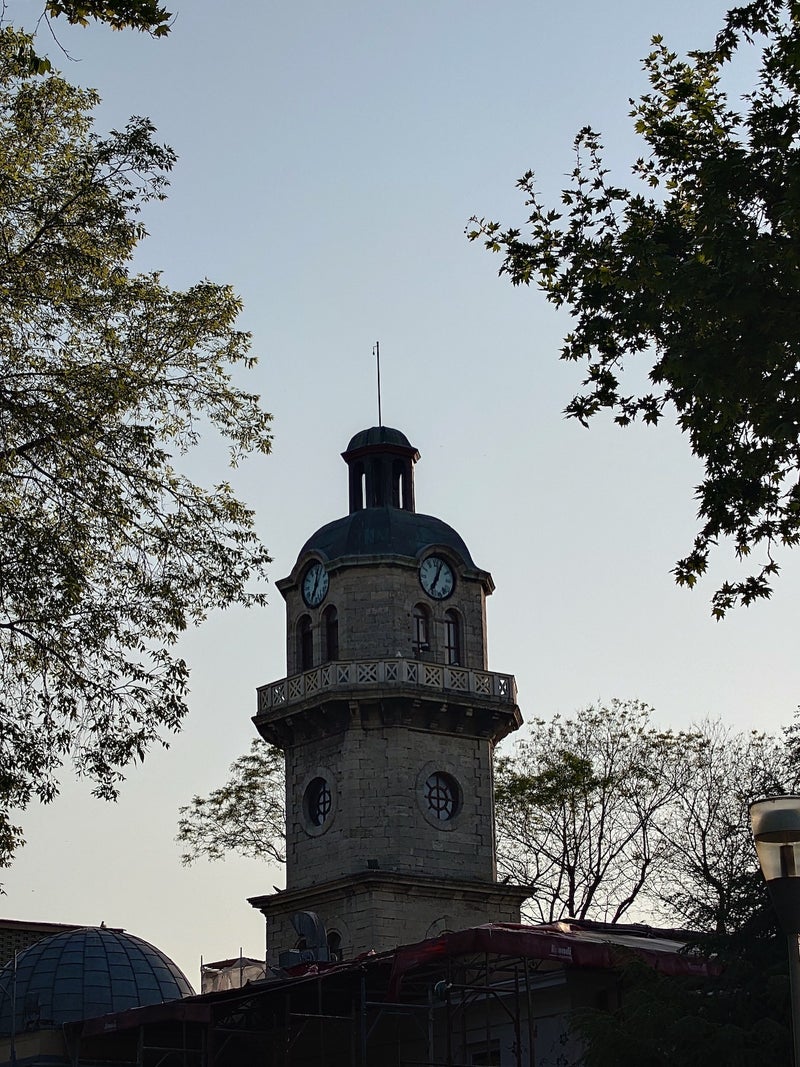
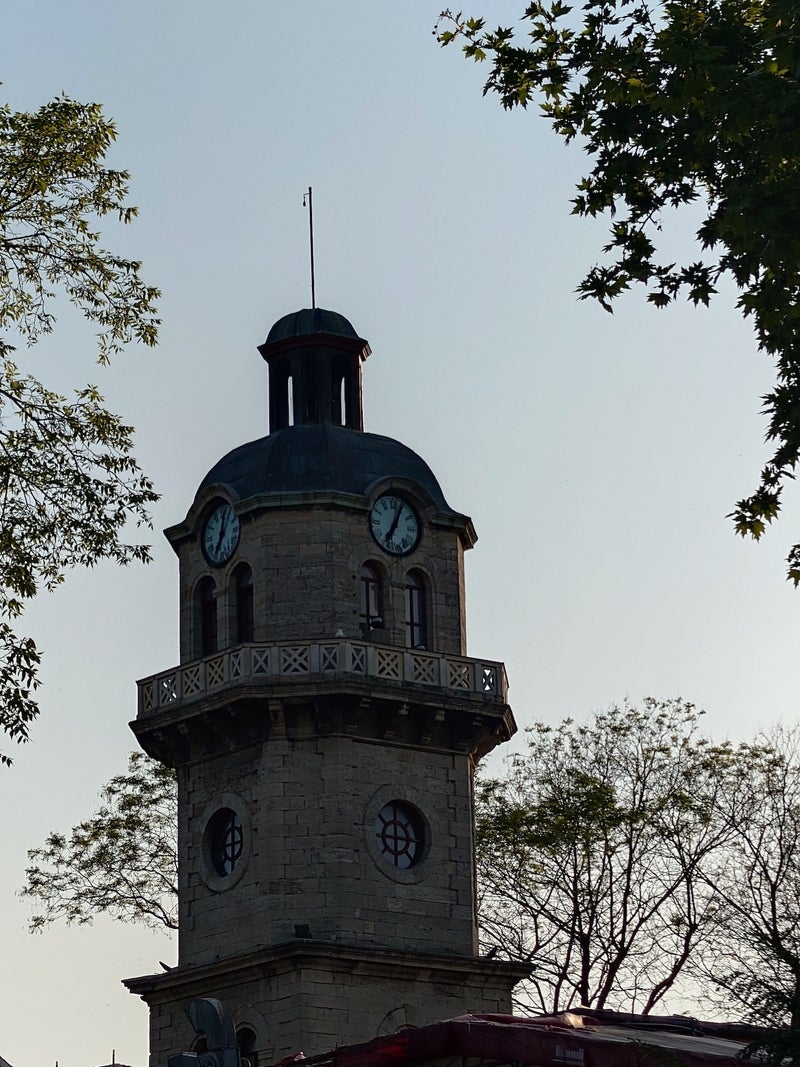
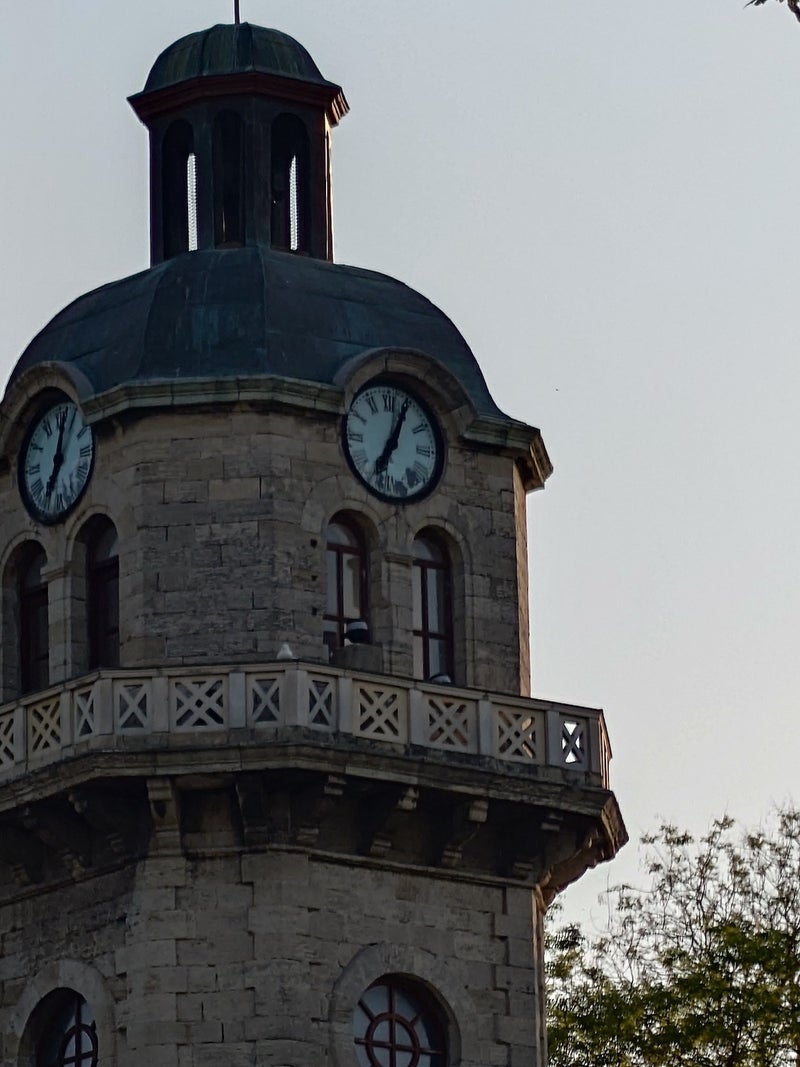







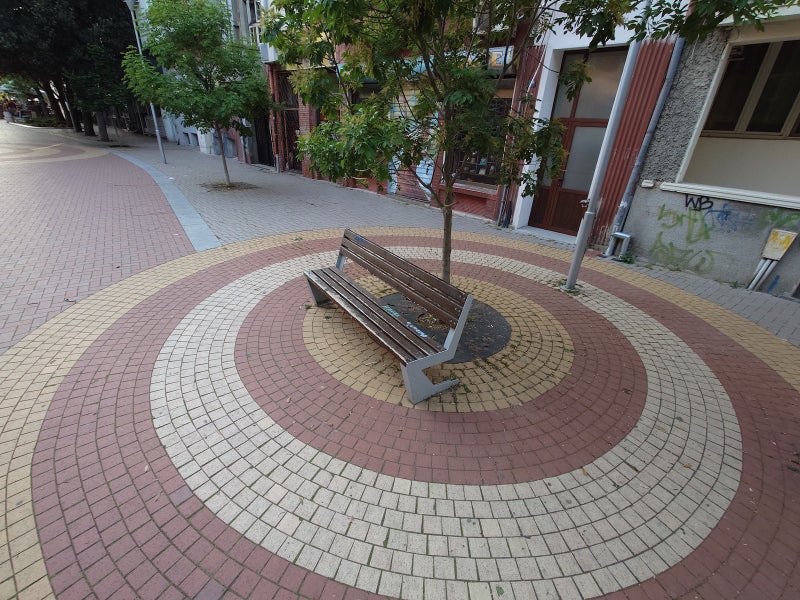




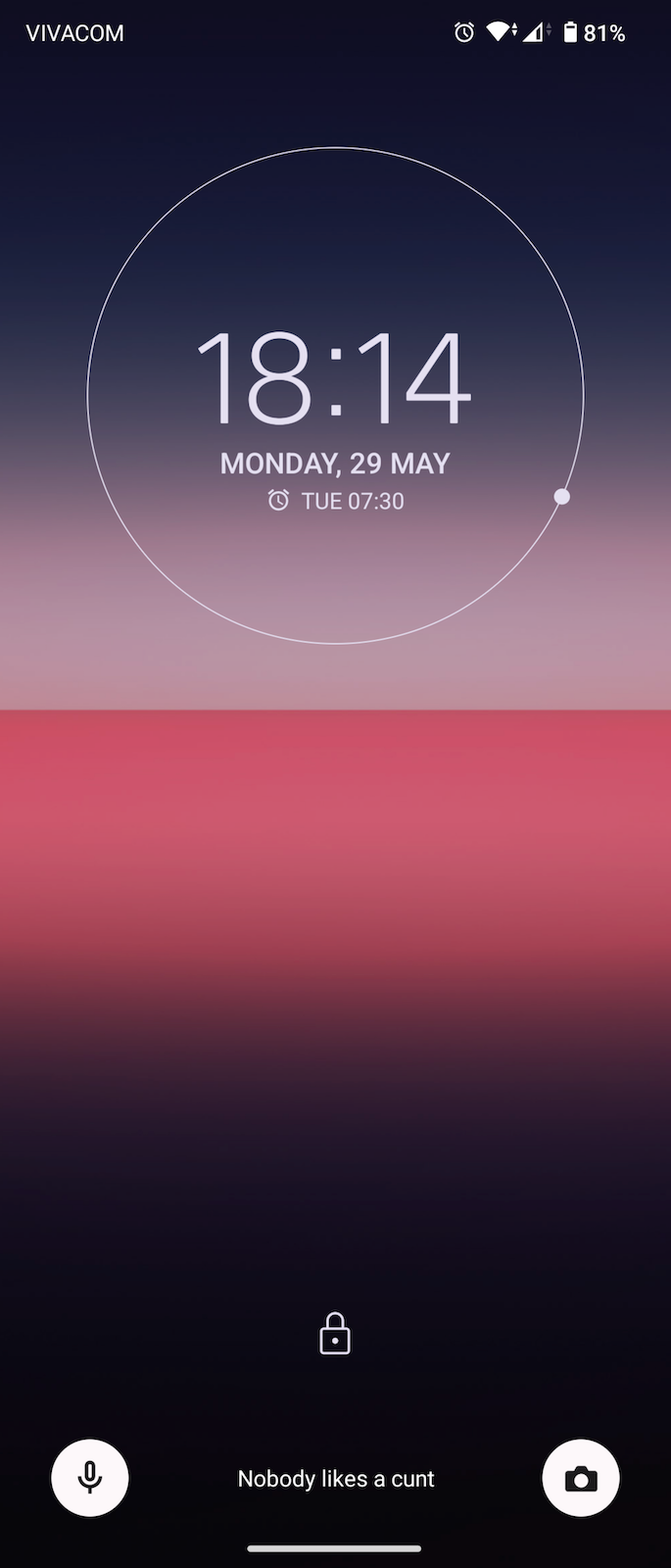
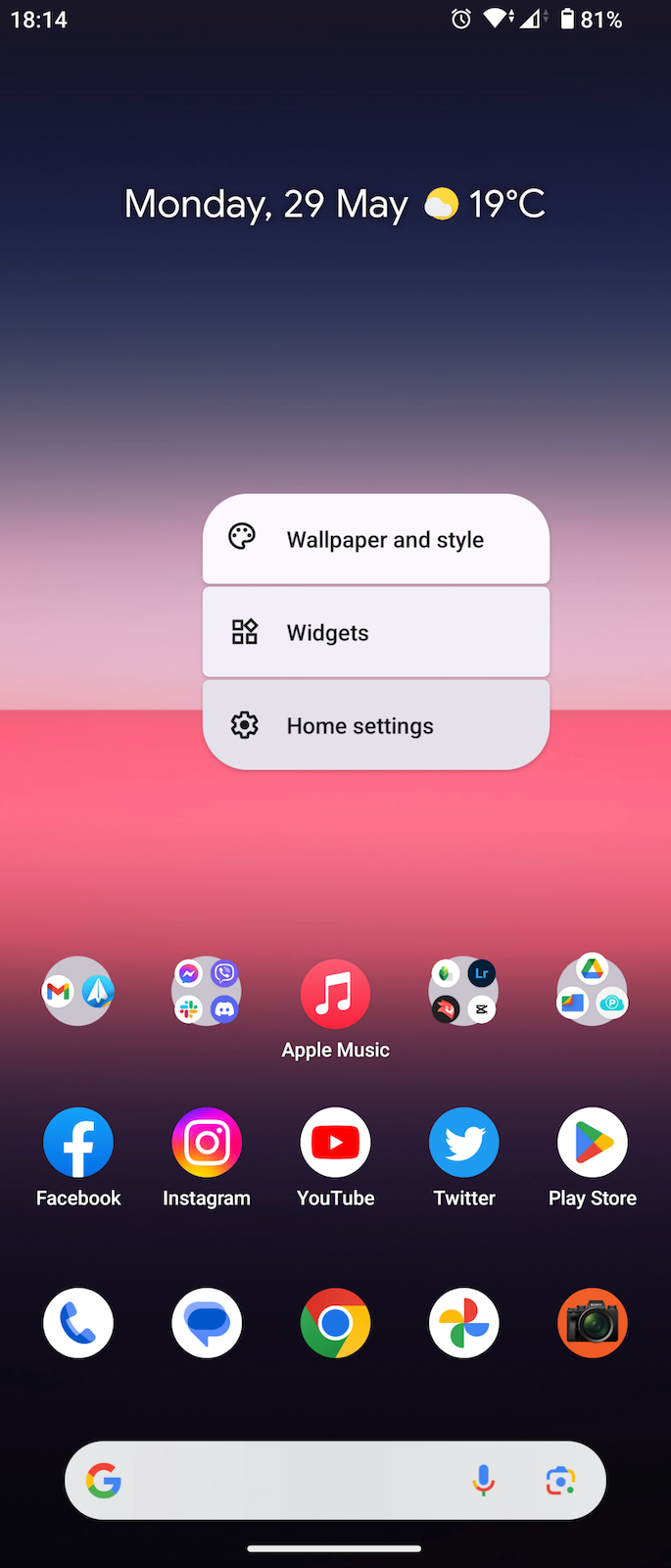
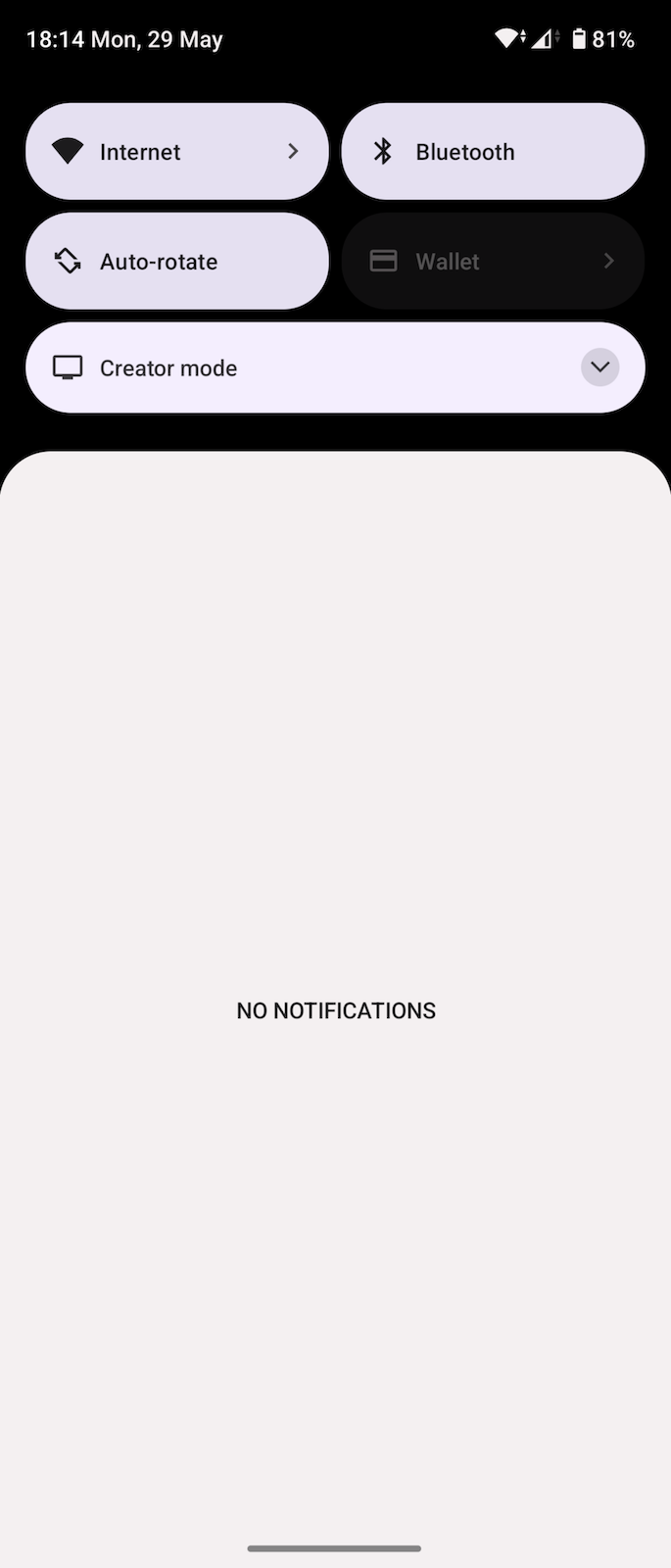
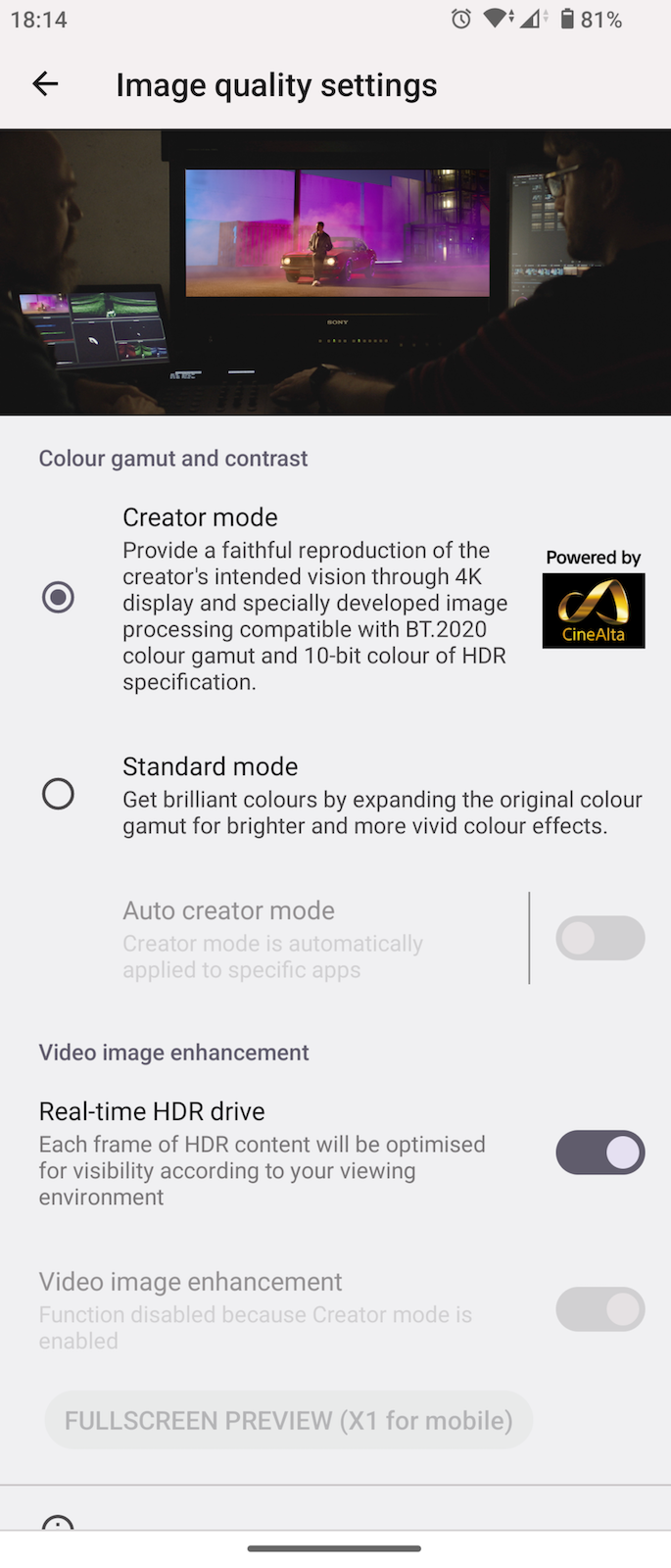
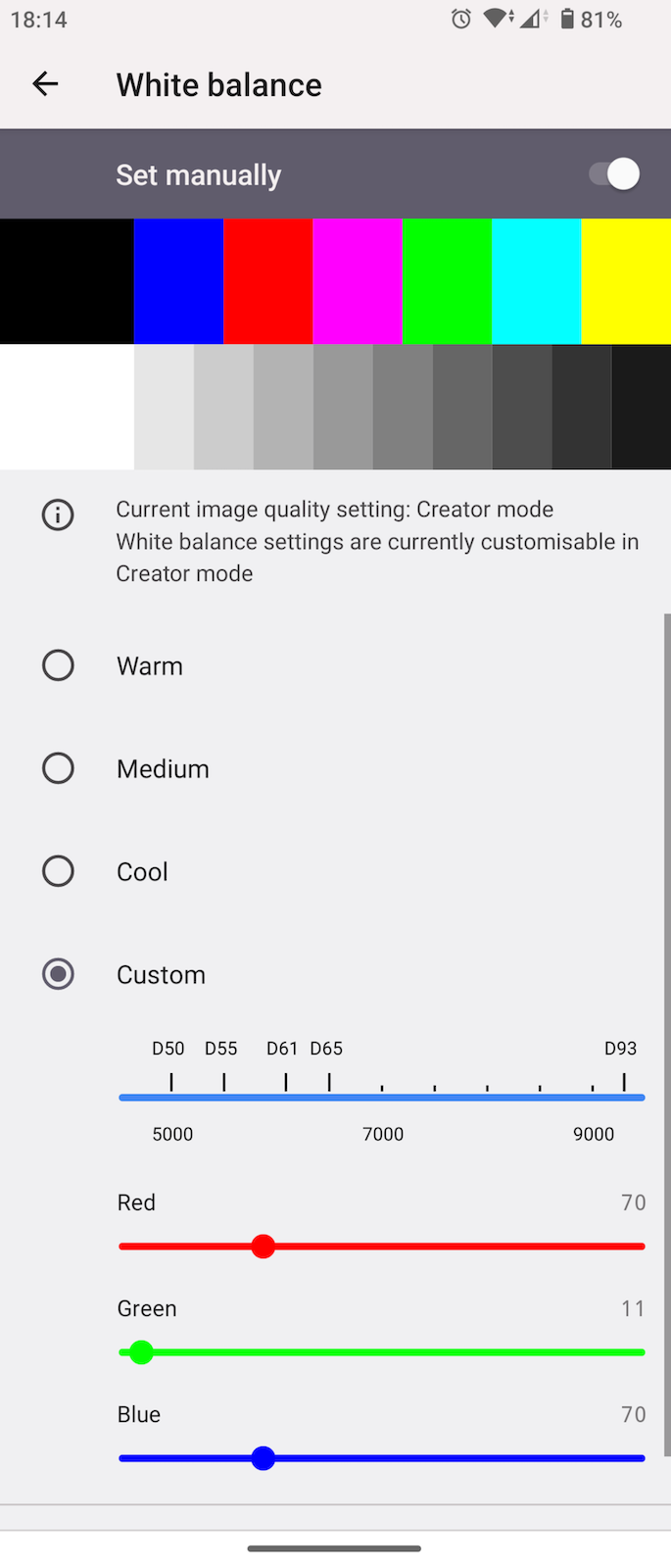
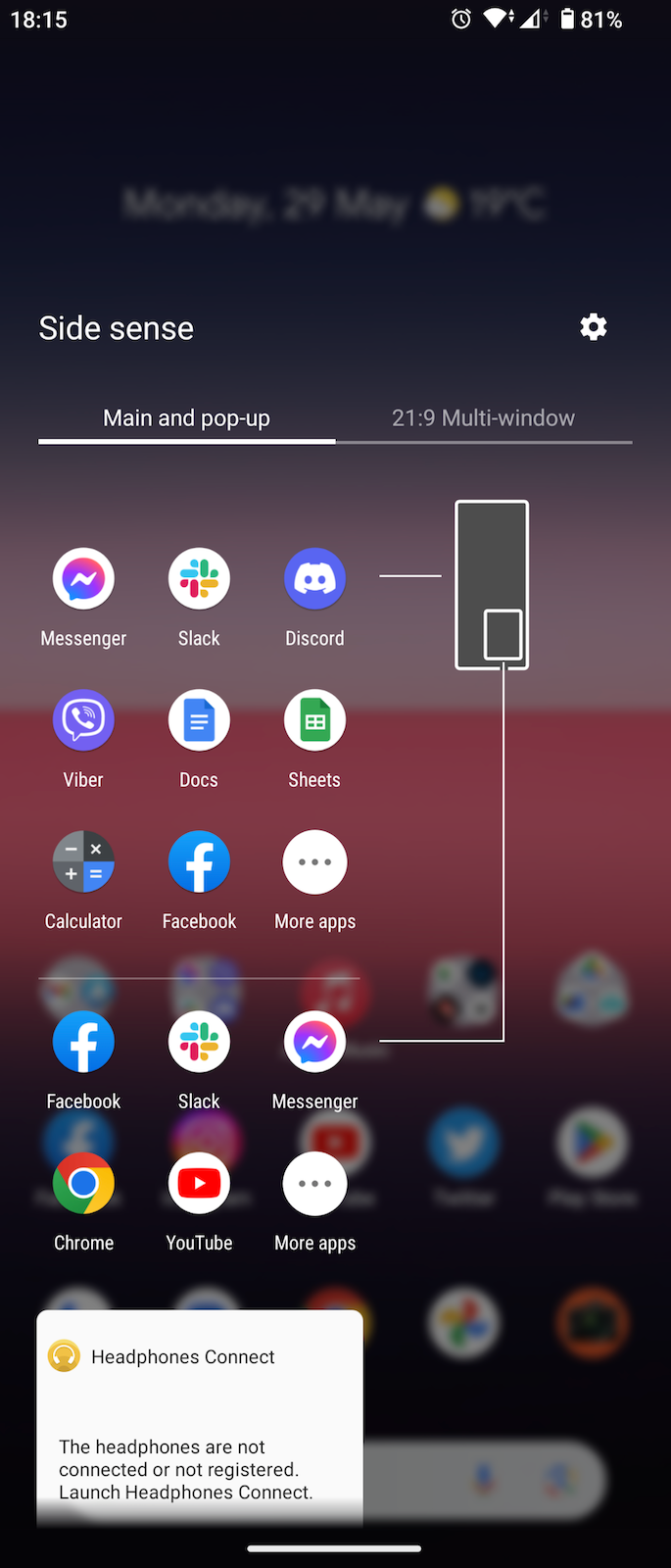

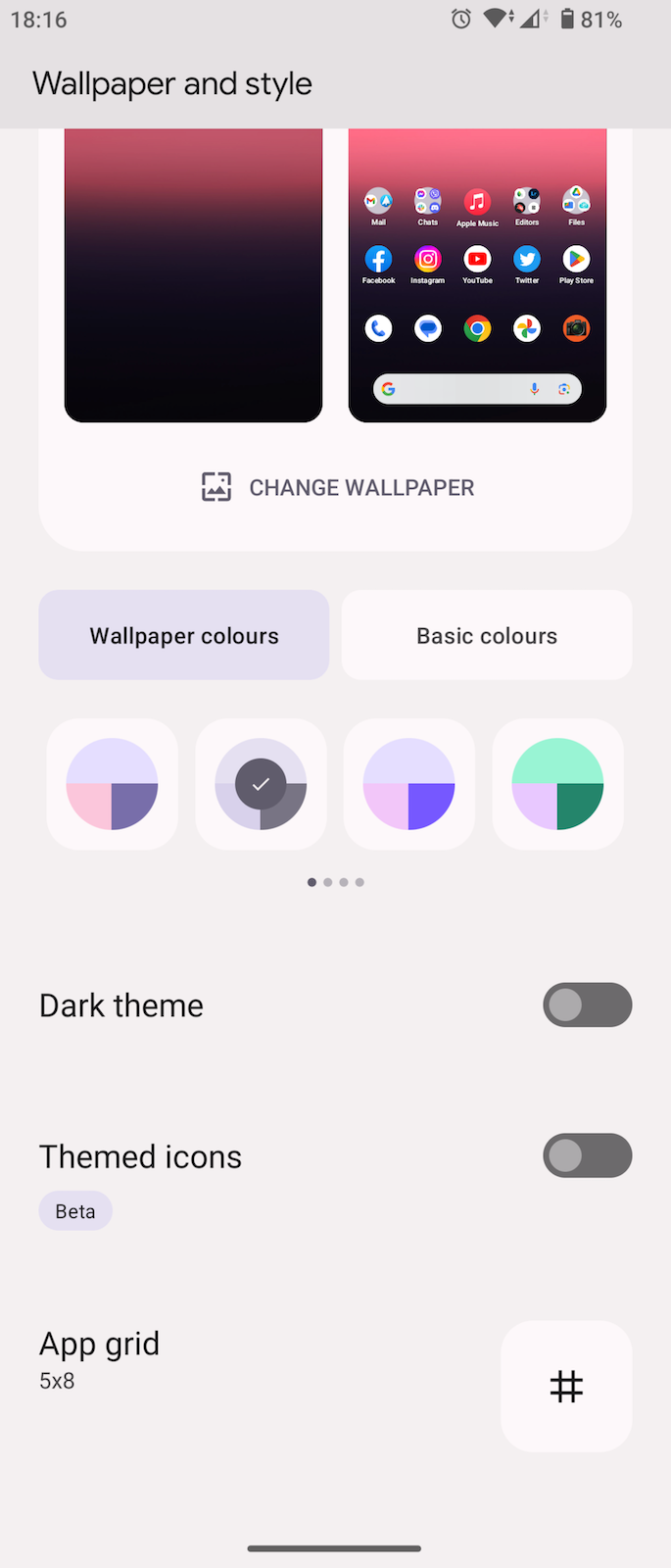
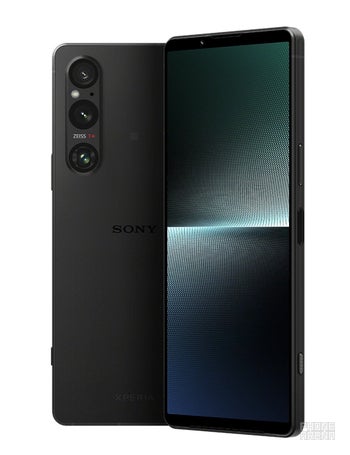

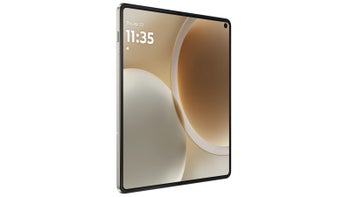

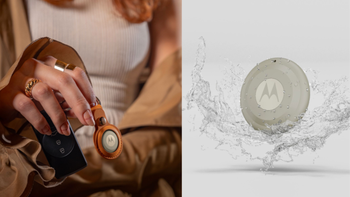
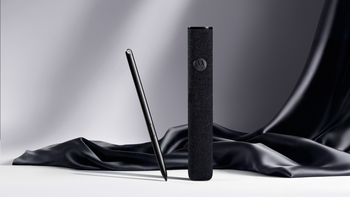

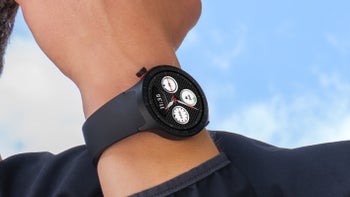




Things that are NOT allowed:
To help keep our community safe and free from spam, we apply temporary limits to newly created accounts: